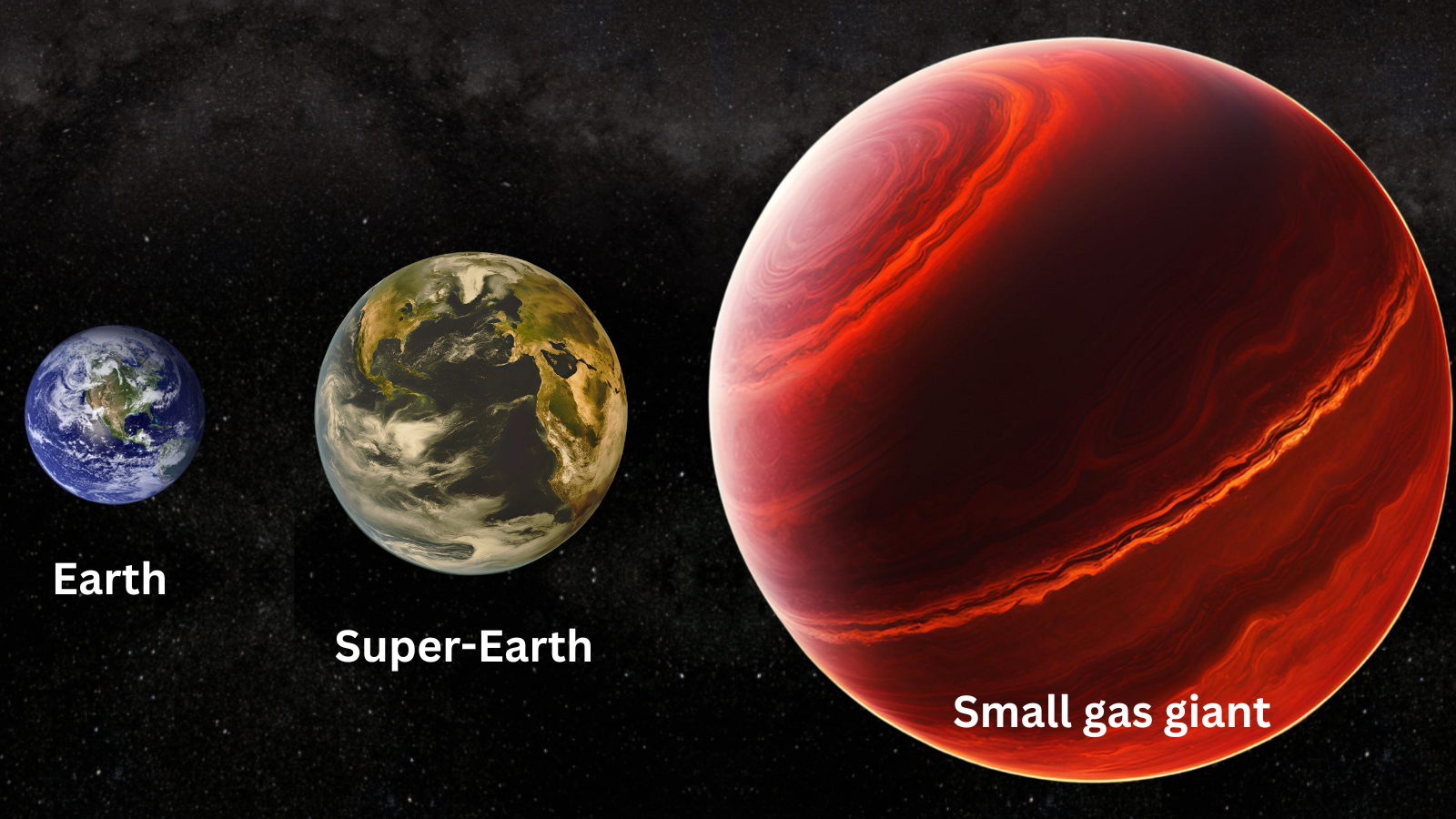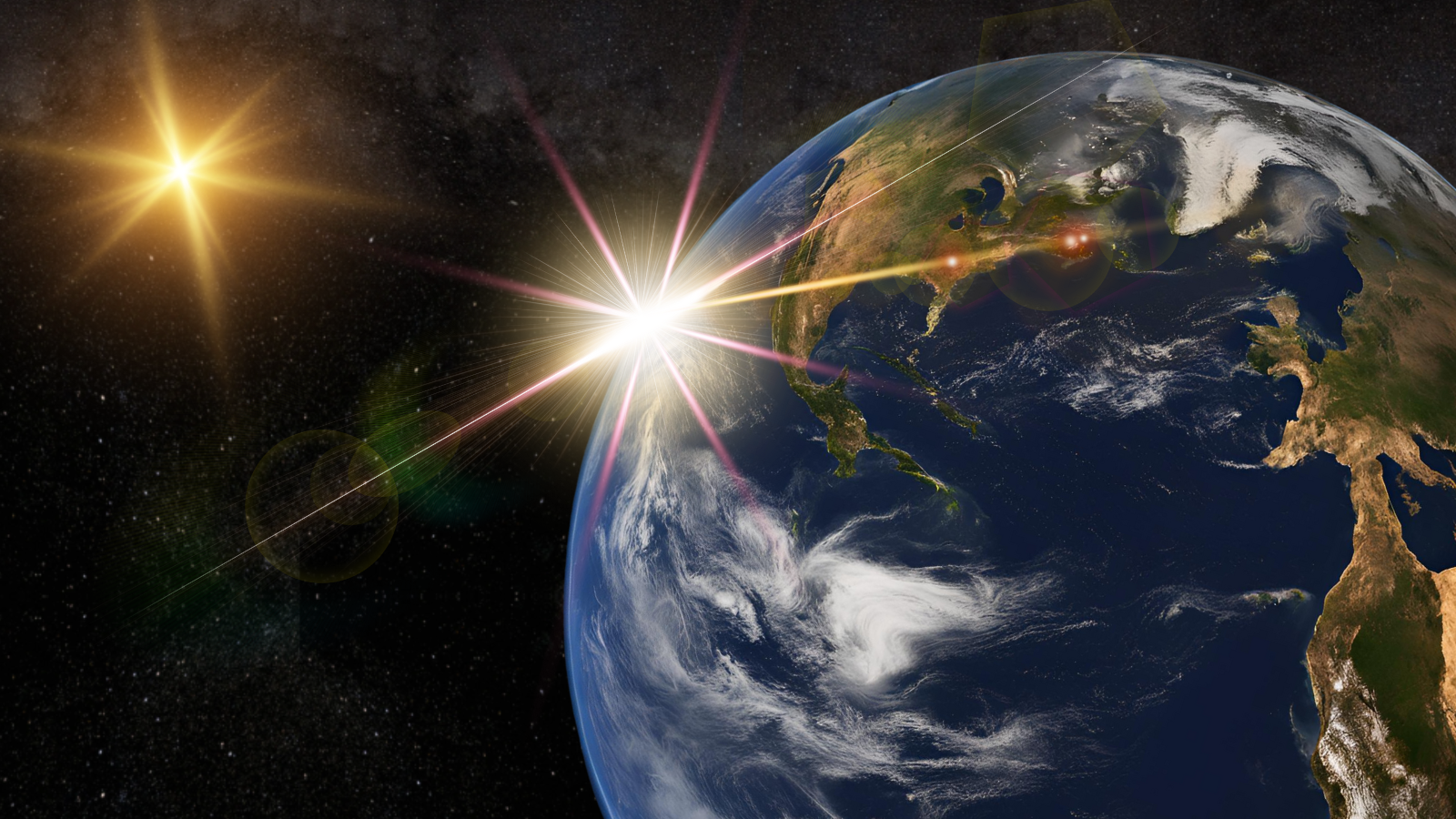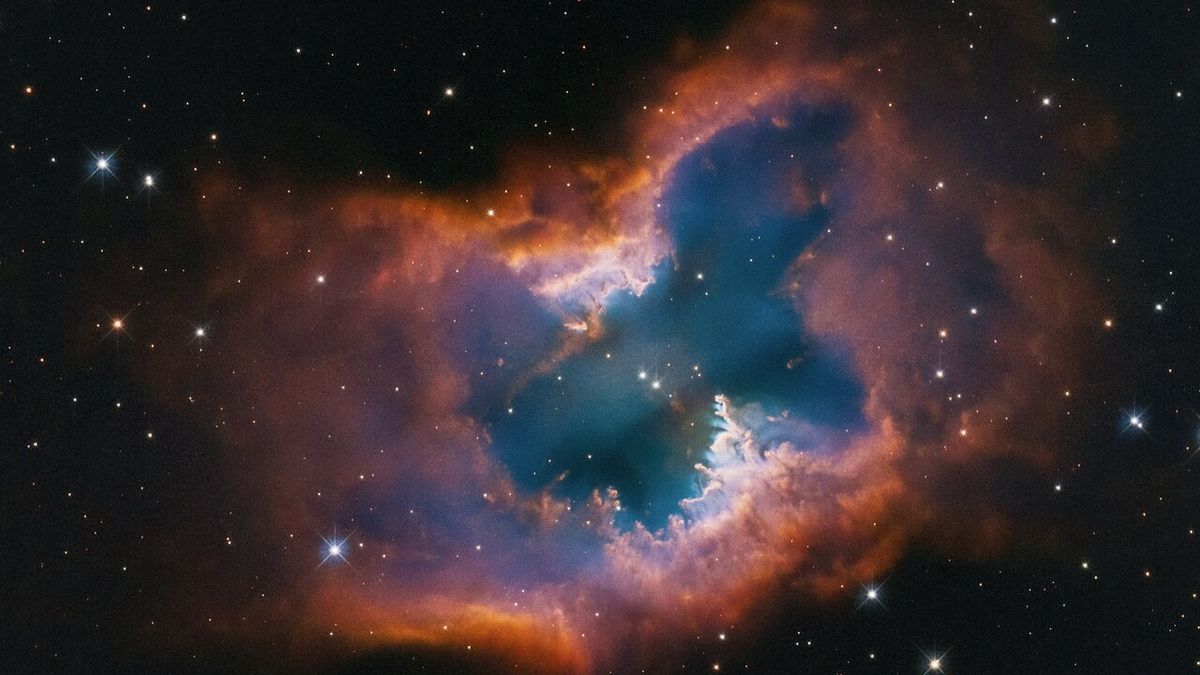Astronomers have discovered that "super-Earth" planets may exist on wider orbits than previously thought — and this implies these rocky, or "terrestrial," worlds are far more common than was suspected. Super-Earths, in short, are planets with masses up to 10 times that of our planet, but still less than the masses of gas giant planets.
The discovery came after a small extrasolar planet, or "exoplanet," in a wide orbit around its star was discovered, courtesy of a gravitational "microlensing" event designated OGLE-2016-BLG-0007. This event indicated the exoplanet had a planet-to-star mass ratio that roughly doubles the Earth-sun mass ratio.
"We found a small planet in an orbit similar to Saturn's. This planet is part of a larger sample that shows super-Earth planets between the orbits of Earth and Saturn are abundant," team member Jennifer Yee of the Center for Astrophysics | Harvard & Smithsonian told Space.com. "The abundance of super-Earths was a surprise."
Yee explained that scientists previously knew from data delivered by the Kepler space telescope mission that super-Earths are common around other stars, but only within a distance from their respective stars equivalent to the distance between Earth and the sun. That expected distance is represented by one astronomical unit (au).
This new work, however, shows that super-Earths are also common at larger distances from their host stars, in this case around 10 au (or 10 times the distance between our planet and the sun).
"Previously, there were only upper limits on the numbers of super-Earths [in wide orbits], and there was a suggestion that they might not exist at all," Yee continued.
Habitable zones and planet formation
When factoring in this super-Earth data, the team calculated that there should be around 0.35 super-Earth planets per star on wide Jupiter-like orbits. Yee explained that the overall distribution of planetary mass ratios could reflect the specifics of planet formation processes. "Specifically, the distribution suggests that the planets can be separated into two populations, one of super-Earths and Neptunes and one of more massive gas giant planets," Yee added. The team suspects this division in populations reflects the differences in formation processes between terrestrial planets and massive gas giant worlds.
Discovering a larger population of super-Earths in Jupiter-like and Saturn-like orbits could also have implications for our understanding of so-called "habitable zones" around other stars.

Habitable zones are defined as regions around stars that are temperate enough to allow liquid water to exist at the surfaces of terrestrial planets within the area. Any closer to a star than its habitable zone band, and a planet's liquid water evaporates. Further away, it freezes.
This is why habitable zones are also called "Goldilocks zones" (like the perfect bear's porridge, liquid water is neither too hot nor too cold in these zones).
Though Jupiter and Saturn are outside the solar system's habitable zone, super-Earths in similar orbits around hotter stars could fit within such regions — if they are extended.
"The habitable zone region where we expect to find life in other planetary systems is extremely narrow. Our expectations regarding this zone have been driven by our own planet because that is the only place where we have definitively detected life, so far," Yee said. "Nature continuously surprises us."
Yee added that the best way to understand the habitable zone region around stars in general is to measure the properties of the larger planet population.
"This gives more room for the unexpected," Yee said. "This measurement of the super-Earth population provides a new piece of the habitable zone picture, which will ultimately contribute to our characterization of the population of Earth-like planets."
Planet hunting with Einstein
Yee and colleagues made this discovery using the Korea Microlensing Telescope Network (KMTNet), consisting of three sites in Chile, South Africa and Australia. The three telescopes in three different time zones mean KMTNet can allow astronomers to monitor the night sky uninterrupted over the southern hemisphere.
"This discovery of this planet wasn't a surprise because KMTNet was designed to do this, but it is extremely exciting because it proves KMTNet is capable of routinely finding smaller planets, which is a requirement for understanding planet populations," Yee explained.
KMTNet hunts exoplanets using a phenomenon first predicted by Albert Einstein in his 1915 theory of gravity, general relativity.

General relativity suggests objects with mass cause the fabric of space and time to "warp," with gravity arising from this curvature. When light passes by this curvature, its light gets curved, too. That means when a body of mass comes between Earth and a background light source, the image of that source is warped, magnified, or even multiplied upon reaching our instruments.
A planetary system acting as a gravitational lens and coming between Earth and a background source can cause a tiny distortion in that source, a situation called "microlensing."
"It is a funny coincidence of physics," Yee said. "Microlensing is good at finding planets near the Einstein radius [the characteristic angle for gravitational lensing]."
This radius is set by the mass of the lensing planetary system, including its star, the distance from Earth to that lens system, and the distance from Earth to the background source whose light is distorted. "In fact, it was the realization of this coincidence in the early 1990s that led to the first microlensing planet searches," Yee added.
The team will now continue to use KMTNet and gravitational lensing to hunt for lensing planetary systems in an attempt to discover more super-Earths in wide orbits.
"We are working on increasing the size of the planet sample by including more seasons of KMTNet data in the analysis," Yee concluded. "We are also working on improving the quality of the data reductions to allow us to find weaker planetary signals."The team's research was published on Thursday (April 24) in the journal Science.








 English (US) ·
English (US) ·